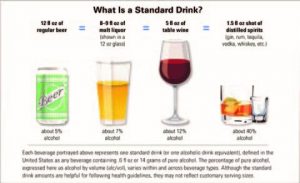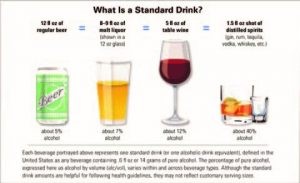Let It Go: The Ancient Art of Meditation

Finding Peace Through Mindfulness and Meditation
Mindful, compassionate, serene, happy: emotions that have been in short supply during the pandemic but can be beautifully restored to those who embrace the chance to learn the time- honored practice and art of meditation. For many, it is as easy as downloading the Headspace app on their smartphone, receiving a seamless introduction to a technique the company describes as “rooted both in ancient history and modern science.”
There’s an App For That
Meditation has been practiced for over 3,000 years, and its benefits, improving well-being, helping eliminate insomnia, enhancing focus, decreasing stress, and reducing blood pressure, among many others, have been studied for decades.
But the real democratization of meditation may have been ushered in by the proliferation of apps like Calm, Buddhify, Insight Timer and Simple Habit. Since its 2010 debut, global leader Headspace has been downloaded more than 65 million times, a number that has steadily risen during the coronavirus crisis.
Dr. Megan Jones Bell, the company’s chief science officer, reports a tenfold increase in those starting the “stressed” meditation and a twelvefold increase in “reframing anxiety at home” users from mid-March to mid-May of 2020.
Getting Started
First, choose a time to meditate, and consistently make it part of your daily routine. Find an uncluttered, quiet spot where you won’t be disturbed. Make yourself comfortable in a chair or on the floor with a pillow behind you, close your eyes and allow yourself to let go. It’s natural to wonder, “Am I doing this right?” The experts at Headspace offer some gentle guidance:
- If your body is fidgeting or your mind keeps constantly chatting, you may want to walk away from the feeling. Instead of giving up, just write off the first few minutes and give your mind time to slow down. It’s not time wasted, but time spent training the mind.
- Dozing off occasionally during the first few weeks of meditation is normal. If it keeps happening, try a different time of day, sit up a little straighter or splash a little cold water on your face before you meditate.
- You may feel all sorts of unpleasant emotions, such as impatience, irritation and rage. Don’t suppress them, but give them the space to arise, unravel and ultimately fall away. Do the same if you’re fixated on a particular worrisome thought, or if you’re experiencing sadness. Acknowledge the feeling, even shed a few tears, and keep meditating.
- If you find yourself planning incessantly in a way that is unproductive and unhealthy, let those thoughts go and come back to your focus – a breath, an image, a way that is unproductive and unhealthy, let those thoughts go and come back to your focus – a breath, an image, a sound.
- Find the sweet spot between pushing yourself too hard and not applying enough focus. You may have a certain idea of what meditation should be, but it’s important to get out of your own way and give the experience room to breathe.
More Than One Way to Meditate
More than a dozen different types of meditation are taught, including:
- Guided: Form mental images of places or situations you find relaxing.
- Mantra: Silently repeat a calming word, thought or phrase to prevent distracting thoughts.
- Mindfulness: An increased awareness and acceptance of living in the present moment; observe thoughts and emotions, but let them pass without judgement.
- Calming: Cultivate a quieter, more peaceful state of mind and improved concentration.
- Insight: Set an intention to develop qualities such as wisdom and compassion.
- Body scan: Sync body and mind by performing a mental scan and paying attention to any discomfort or tensions.
- Visualization: Focus on a mental image.
- Loving kindness: Direct positive energy and goodwill to yourself and then to others.
- Resting awareness: Let thoughts simply drift away.
- Zen: Focus on following the breath to foster a sense of presence.
- Chakra: Bring the body’s core centers of energy into balance.
The post Let It Go: The Ancient Art of Meditation appeared first on Specialdocs Consultants.



 The impact on patients with cardiovascular disease (CVD) was initially noted by the American Heart Association in 2013 after an examination of studies reporting beneficial effects of dog ownership, including increased physical activity, favorable lipid profiles, lower systemic blood pressure and stress levels, and improved survival after a heart attack. The AHA’s measured conclusion then was that dog ownership “may be reasonable for reduction in CVD risk,” and further research was recommended.
The impact on patients with cardiovascular disease (CVD) was initially noted by the American Heart Association in 2013 after an examination of studies reporting beneficial effects of dog ownership, including increased physical activity, favorable lipid profiles, lower systemic blood pressure and stress levels, and improved survival after a heart attack. The AHA’s measured conclusion then was that dog ownership “may be reasonable for reduction in CVD risk,” and further research was recommended.




